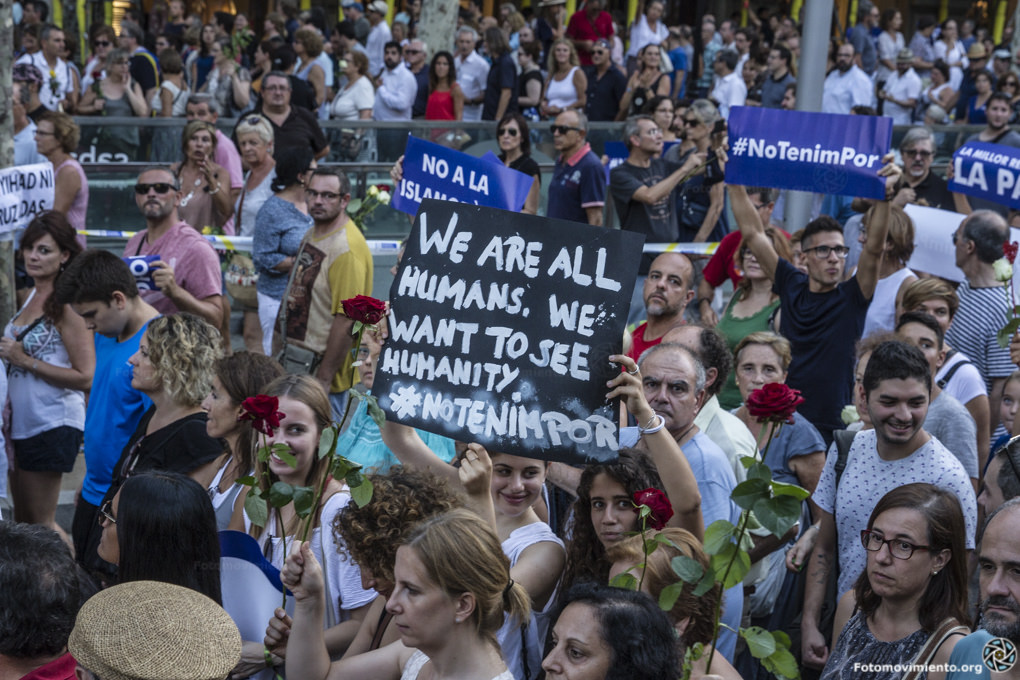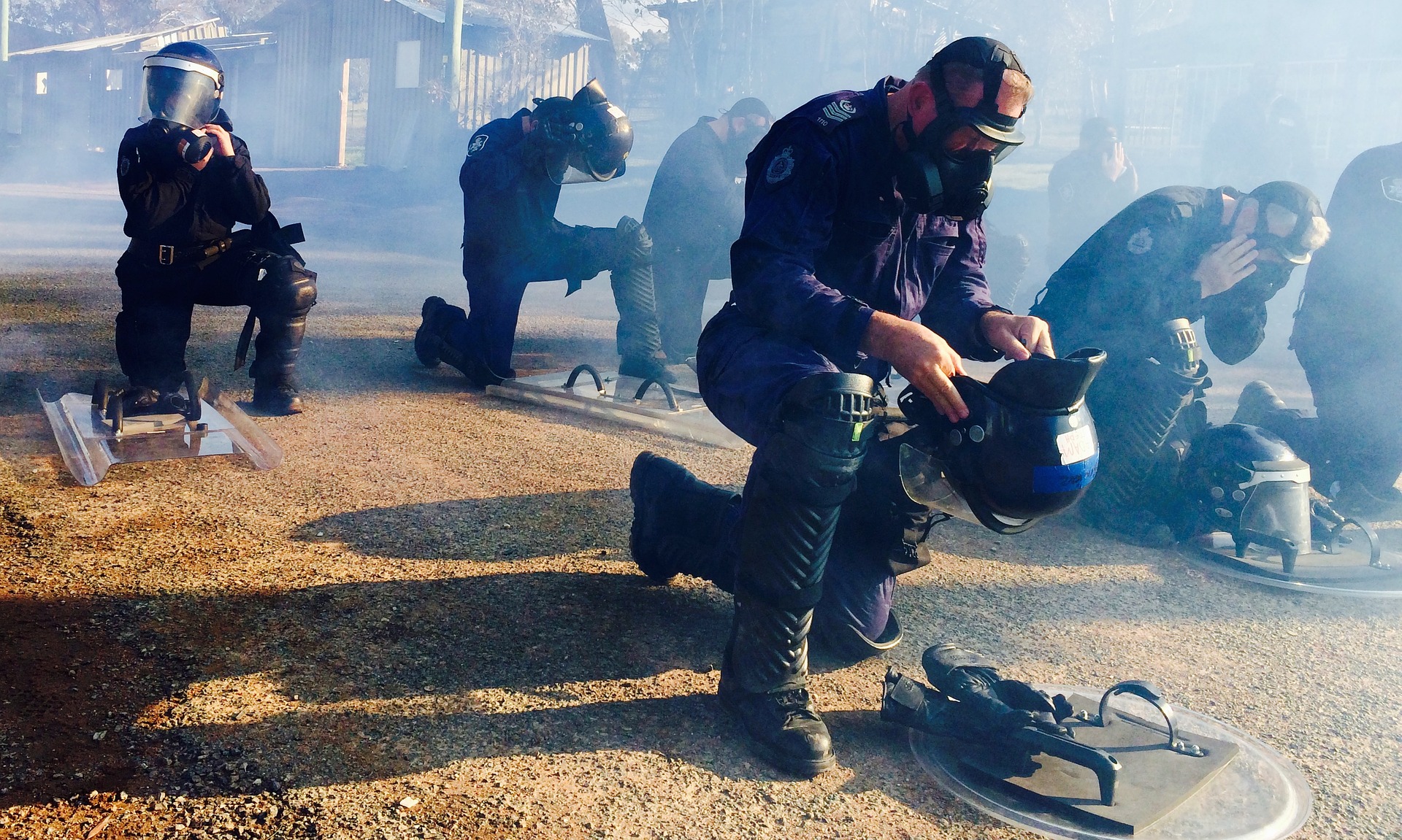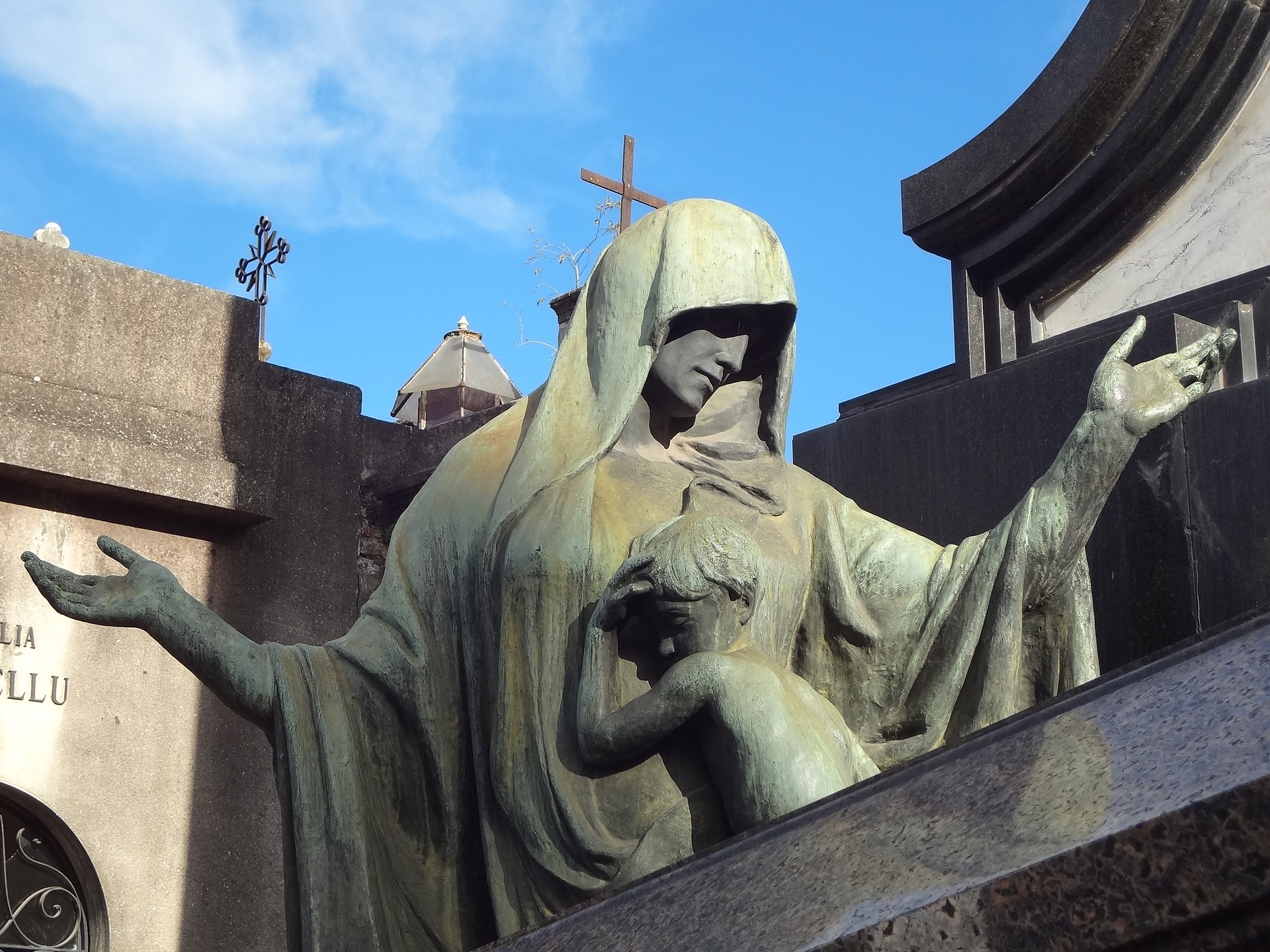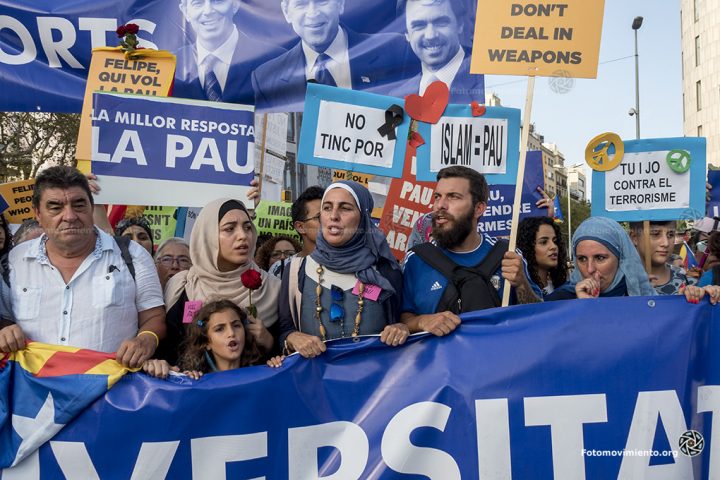Akop P. Nazaretyan.-
Behavioral and psychological difference between the terrorists of the 1990 – 2010s and the ones of the 1950 – 1980s reflects a worldwide trend towards increasingly primitive political thinking. The structure and logic of religious motivations and the literal faith in afterlife rewards make terrorists’ activities more cruel and destructive compared to the ones of the secular “revolutionary romanticists”. The author’s conclusions are based not only on the literary sources but also many years of his personal observations and practical experience working with politicians from different parts of the political spectrum.
The dangerous psychological trend is accompanied by blurring lines between war and peace conditions as well as between military, production and home technologies: modern weapons are every day cheaper and more easily available. The paper shows that the regress in humanitarian intelligence coupled with the accelerating technological development is fraught with fatal effects for the global civilization. Independent calculations made by the scientists in Australia, Russia and USA have shown that the current century is expected to be crucial not only for human history but also for the whole planetary evolution; this puts special responsibility on the present-day generations.
Throughout millennia, group solidarity has been supported by the image of common enemy (“them – us”), which at the same time has facilitated the meaning formation. Actually, the key conditions for the Earth civilization’s sustainability are formation and mass assimilation of new strategic meanings free from intergroup confrontations. Psychological experiments (Muzafer Sherif et al.) and political observations show that consolidation without confrontation is available. Modern cross-disciplinary science provides basic points for panhuman meanings; yet, real political attitudes are currently drifting into a dangerous direction.
We have created a Star Wars civilization, with Stone Age emotions, medieval institutions, and godlike technology.
Edward Wilson

Fotomovimiento.org
In the 1960th, a popular Soviet youth newspaper (“Komsomolskaya Pravda”) recounted a story in the provincial school life. The Council of the Pioneer squad (a Soviet analogue of the Boy Scout organization) decided to deprive an 11-year-old boy of his red tie (the sign of belonging to the organization) for his bad behavior. Yet, the teenager fought for his treasure with his fists, legs and teeth and didn’t give it either to elder schoolmates or the teachers who came to help them. Thus he was expelled from the school as a “hooligan” and his case was passed to the police department. The journalist who came from Moscow to consider the case severely criticized the teachers and noted that the boy’s resistance could have been considered as heroic in a different circumstance.
The following episode looks even more dramatic. An unsuccessful but sanguinary attempt of military coup happened in January 1986 in a Near East country. Skirmish and aviation bomb explosions were heard in the capital streets. Foreign staff’s wives and children were urgently brought to an English ship which happened to be near (they had to wade to reach it) for evacuation. Certainly, they had to leave most of personal property to the mercy of fate.
Suddenly, a Soviet embassy secretary’s wife (both were over thirty years old) said to her husband: “Do what you like, but I will not go without two pieces”. These were a mink fur coat which had been ordered and received from Germany and a Japanese videotape recorder – the highly prestige goods that couldn’t be bought in Moscow at that time. To get and bring the two pieces, one had to pass a way full of menaces. Its most dangerous part was the parade square under the tribunes of which two groups of soldiers were covered and exchanging fire. Our “knight” found a white sheet and walked across the square brandishing it over his head and loudly shouting “Sovet rafic” (“Soviet comrade”). The soldiers respected such a reckless behavior and really ceased fire; the desired treasures were delivered to the lady who so happily left the country.
The loving wife’s behavior is out of comment, but the husband was very proud of his deed. Yet, I didn’t ask him the question that looked tactless: would the guy so obviously risk his own life in case his better half’s very life were in danger? Or was it the preconceived habit to obey the authoritative wife’s orders that really influenced his action? After all, can we consider it a heroic one?

Pixabay
Selfless activities that look rather stupid for an observer are frequent in stress situations; we can find a lot of similar examples both in classical belles-lettres and practical activities. I happened to work as a psychologist for more than twenty years (in the 1960-1980-s) with partisans, members of clandestine groups and those whom even the Soviet press called “terrorists” in Latin America, Near and Middle East and Africa. The diversity of the motives that made people risk their wellbeing and lives always astonished me. I knew really courageous individuals who were whole-heartedly devoted to certain ideology. I also knew maniacal sadomasochist ones: the equivalence of maniacal and heroic motivations is well described in the relevant literature [1]. Besides, I remember rather timid (not to say cowardly) ones who acted selflessly, perhaps in a hysteric attack. The dependence of an emotional sensation upon an actual set or attitude has been another point of my regular surprises. A war veteran with combat wounds and decorations is hardly hiding his fears in the dentist’s waiting room. An officer of airborne troops feels vertigo looking down from the fifth floor balcony. A young clandestine activist from Ecuador with an experience of resistance in torture chambers is covered with cold sweat of fear as he hears that the doctor in Moscow proposes to treat his chill by means of mustard plaster; even the pretty nurse’s hints about his manhood don’t make him accept the “painful” procedure.
I also remember the South American drug lords who accepted (after skillful propaganda) the ideas of “struggle against imperialism” and thus acquired new life meanings and self-appraisal. The manuals inform us that among Russian revolutionaries and Civil War heroes there were many who began their political career as commonplace robbers as well. The ardent “fighters for the people’s power” recruited new associates in prisons; those historical facts are very similar to the adventures of the modern ISIS propagandists…
The Russian and American sociologist Pitirim Sorokin [2] enunciated his Polarization Law during the Second World War. The law claims that two behavioral poles are singled out inside any human population in catastrophic circumstances. On the one hand, social and psychological pathologies, extreme egoism, cowardice and malignance are actualized. On the other hand, we find brightest examples of altruism, generosity and selflessness. Conceptually, this dates back to the sociological patterns by Vilfredo Pareto and Emile Durkheim and correlates with the Social Magnet theory by which not only the ownership and power hierarchies but also the moral ones spontaneously reproduce themselves like the magnet poles. The experiments with the animals show on the basic level how the functional niches are reproduced in spite of the changes in the population’s individual compositions [3].

Indeed, maximum variety in the behavioral strategies, especially in a crisis situation, increases the population’s viability. Yet, this is a sociologist’s, ethologist’s, behavioral geneticist’s or system theorist’s view. My issue here is the individual motivation. After all, how does a “heroic” action differ from a “delinquent”, a “suggested”, a “maniacal” or just a mercenary ones if all of them can carry mortal risks? Does the attribution depend exclusively on the observer’s own values?
Immanuel Kant [4] distinguished among the good human actions – the “pleasant” and the “moral” ones: the first ones are motivated by the “emotional disposition” while the other ones require volitional efforts. It is well known that an altruistic action can be due to volitionally overcoming the instinctive resistance or the acquired (post-volitional) habit but it can also be conditioned by an involuntary impulse which has deep evolutionary roots. The respective instinct has been inherited by the humans and supplemented by the “pragmatics” of heavenly reward on a certain stage of their cultural development.
Much later, the humans learned to choose consciously between the good and the evil; I will try to demonstrate that anyhow, a selfless action may be qualified as properly heroic only in case it is not conditioned by the faith in the heavenly requital. Further appreciations do depend on our social and political values. Someone might consider heroic the young pioneer’s battle for his red tie, and a lady melancholic about an “authentic male” will be delighted by the husband who risks his life to fulfill his wife’s caprice.
My specific interest in this inexhaustible subject is to trace back the changing forms of political terrorism. Particularly, I compare the “red shade” terrorism that prevailed in the 1950 – 1980s and the later one that shifted toward the “black-green” color spectrum.
Although the concept of “political terrorism” has a long story, it was not as popular in journalism before the 1990s as it is now. However, it has never had a clear definition. In 2004, my American colleague presented me a postcard with the photos of Gorge Bush-junior and Bin Laden and the indications: “Good Terrorist” and “Bad Terrorist”; it was certainly a lampoon. The authors of the “respectable” political texts do not usually call so the presidents and generals who send bombers against civilians: the term is applied to the groups and individuals who kill people under political slogans without having high official positions.
Many political individuals and movements in the previous decades conform to a similar definition. Among them, there were the “Bearded Men” who came in the schooner “Granma” to the Cuban shore, Ernesto Che Guevara who unsuccessfully tried to stir mass uprising from Congo to Bolivia, the Sandinistas during their armed struggle against the dictatorship of Somoza, the guerrillas of Salvador, Colombia and Angola, the Italian “Red Brigades” and so on. Some of them blindly believed in Leninism, Maoism or other theories of “social progress” and the emotional heat of their faith were comparable with the Islamic militants’ religious fanaticism.
Yet, the “revolutionary romantics” assaulted military barracks and police quarters or killed odious (in their view) politicians but tried to minimize victims among civilians. Even the hijacking and other forms of blackmail were accompanied by definite demands and negotiations, so that the hostages had a chance to survive. This refers also to the nationalists of all kinds, including the Palestinians who were mostly atheistic at that time (which was a reason for conflicts with their religious neighbors): if they killed hostages, it was after the negotiations had failed. The Irish and the Basks used to warn about an explosion so that the police didn’t have time to defuse the bomb but could evacuate the public.
The new formation terrorists behave differently, and here I see an essential distinction between the adherents of the New Époque quasi-religions (the national and class ideologies) and the Medieval religions of revelation; the distinction is highly relevant for the practical work. Having abstracted from the endless individual variants and following the Subjective Rationality axiom [5, 6], we may reconstruct the patterns of their motivational logic.
The divine authority of ideological leaders, the posthumous life and requital are nothing but allegories for the secular radicals. In many cases, the idea of immortality in the offspring’s grateful memory compensates for their personal complexes and rationalizes the unconscious affective aggression impulses which are ennobled by the high meanings. However, although one is ready to risk his life for a better future, his/her inspiration is at best to be present in the coming world as an immortal image.

Pixabay
The religious warriors’ compensatory mechanism is built quite differently: they serve their heavenly Lord (Whose orders, including the blessing for the Sacred War, come from His earthly representatives); the Paradise and the Hell are not allegoric figures but the real spaces of inhabitance. By sending the infidels to the fire and brimstone, a suicide attacker provides his own soul with an eternal beatitude. Some modern versions of Islam supplement the unconditioned and immediate Paradise guarantee by a peculiar bonus: the one who dies in a Sacred War can ask for attracting seventy more souls in the future [7]. Therefore, the neighbors congratulate the dead hero’s relatives and try to please them hoping to win the heaven’s patronage for their own souls.
Practical observations demonstrate that all those fantasies are seen quite literally. A Mossad agent who was invited to the Anti-Terror Committee in the Russian State Duma (Parliament) in 2009 told us why the male “shahids’ were often substituted by females. He reminded that the Muslim paradise was more “interesting” than the one of the Christians in which the incorporeal souls stay in a blissful prostration. Unlike this, a faithful Muslim finds himself in the eternal merriment with wine and women’s love. To enjoy the love to the full, the man has to conserve the respective part of his body. Therefore, having rounded himself with explosives, he defends his phallus with steel cover sheets. The local “armour” modifies the guy’s walk, so the special service agents learned to register visually the approaching self-murderer; after that, it is much easier to neutralize him. As soon as terrorist organizers realized this, they resorted more to women: the ones who have “nothing to be lost” don’t need a particular defense.
Relevant literature is full of stories about the “black” widows and brides who detonate themselves to reunify with the dead warriors. Even more, sometimes the desire to reach the paradise is self-sufficient: “I didn’t want revenge for anything. I just wanted to be a martyr” [7, p.31]…
Having exaggerated a little, I might state that self-sacrifice in a secular context leaves us a broad space for evaluations, depending on our own beliefs, among the landmarks “heroism – idiotism – crime”, while a religious self-sacrifice is always selfish on a large scale; here, the valuation scale is flattened by excluding the coordinate of heroism. What particularly matters is that the shift towards religious terrorism is among the symptoms of spiritual regress; we receive evidence of this by tracing back the long-term historical trends.
References
- Hare R.D. Without conscience: The disturbing world of psychopaths among us. N.Y.: Guilford Press, 1999.
- Sorokin P.A. A long journey. The autobiography of Pitirim A. Sorokin. New Haven, Conn. College and Univ. Press, 1963.
- Helder R., Desor D.,Toniolo A.-M. Potential stock differences in the social behavior of rats in a situation of restricted access to food // Behavior Genetics, 1995. Vol.25, #5: 483-487.
- Kant I. Grundlegung zur Metaphysik der Sitten // Immanuel Kant. Werke in zwoelf Baenden. Bd. 7. Frankfurt am Main: 385-464.
- Petrovsky V.A. On the psychology of personal activity // Questions of Psychology, 1975, #3: 26-38. (In Russian).
- Nazaretyan A. The “subjective rationality” axiom and a theoretical reconstruction of the human drives hierarchy // Proceeding of the Tartu State University. Vol.714. Artificial Intelligence. Tartu: TSU, 1985: 116-132. (In Russian).
- Hurries S. The end of faith. Religion, terror and the future of reason. N.Y., London: Norton & Co., 2005.
Second part
Heroism, terrorism and social violence: Notes in political psychology II
Last part
Heroism, terrorism and social violence: Notes in political psychology III






